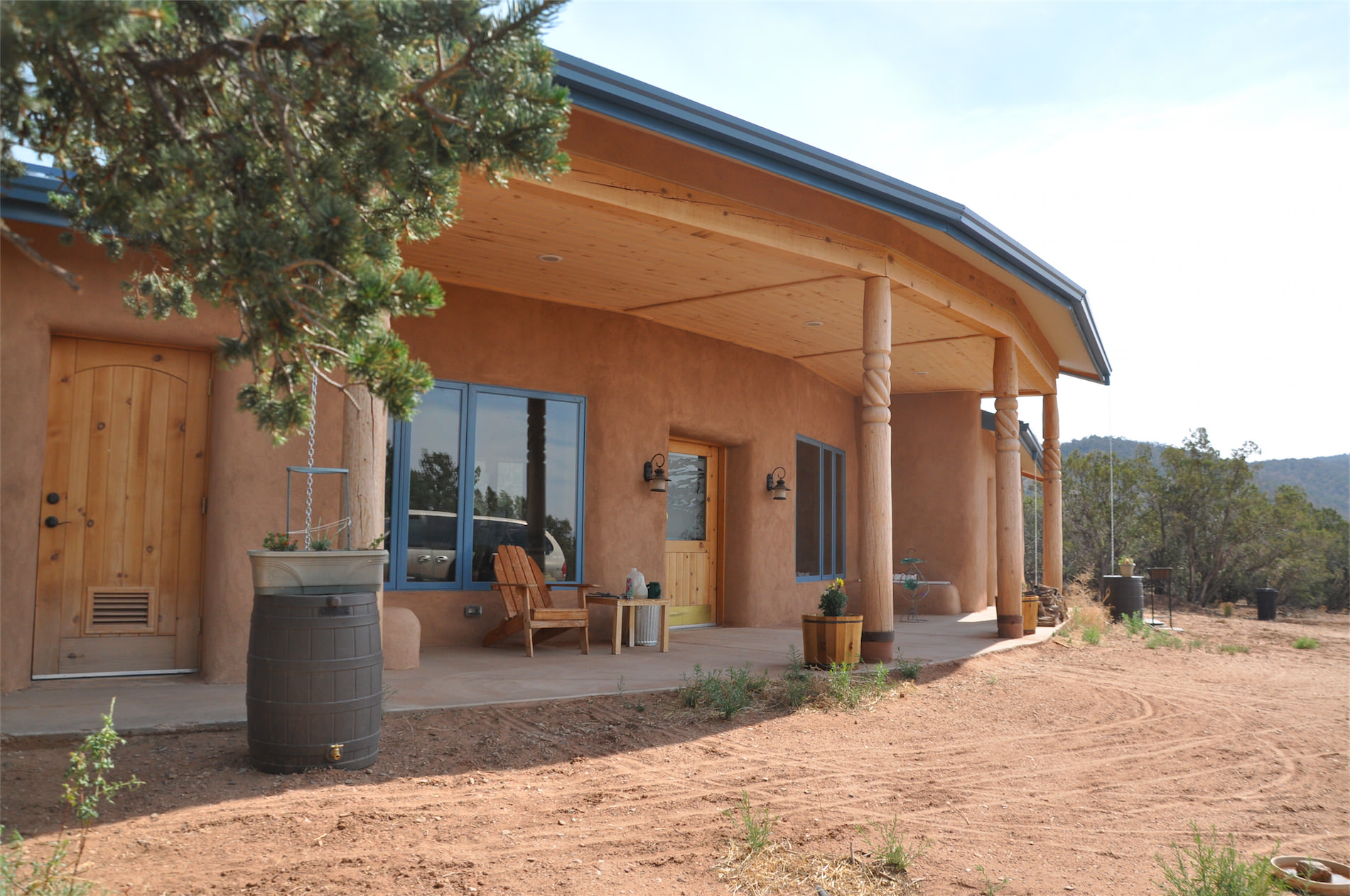After the tornadoes that whipped through the South and Northeast, tornado tips and myths have been flying around the Internet. Some are harmless, some are based in truth, but others can get you killed if you believe them. Which ones do you believe?
The Southwest Corner Is Safe
Would you believe that this tornado myth is more than 100 years old? This nugget of false wisdom comes from the mouth of John Park Finley, early American meteorologist and author of the very first book about tornadoes, Tornadoes: What They Are And How To Observe Them. It was published in 1887, but it wasn’t until 1966 that science got around to doing additional testing on Finley’s theories.
When researchers took a second look at Finley’s southwest corner theory, they disproved his notion that the southwest corner of a home is the safest. In fact, the southwest corner is the corner most likely to be damaged during a storm. During a storm, you want to go to a central location or basement to avoid tornadoes rather than hiding in any southwest corner.
Take Shelter Under Overpasses
This public tornado myth can actually get you killed. According to the myth, if you happen to be out driving when a tornado approaches, you should take shelter under a nearby highway or interstate overpass. The myth is based on video footage from a camera crew under an overpass who were narrowly missed by a tornado. The footage made it look as though the overpass shielded the crew.
In non-fluke scenarios, overpasses don’t shield you from the effects of a tornado. Instead, the arch of the overpass serves as a funnel for the wind, concentrating it. Higher levels of debris will be swept through the opening, and there is a greater likelihood that you personally will be carried away by the tornado. More than one person has been killed while following this bad advice.
Instead of running toward the nearest overpass, it is better to pull over, park, and get out of the vehicle. The National Weather Service recommends to then seek out a ravine, ditch, or other low spot. Lie down in the low spot and wait until the tornado has passed. Though it may seem counter-intuitive, this solution minimizes the chance that you will be struck by debris or swept away by the storm.
 Open Windows To Save Your House
Open Windows To Save Your House
A final tornado myth that causes damage and increases your risk of injury is tied to your windows. Though it is commonly believed that opening your windows will equalize the pressure between the inside and outside and thus save your home, this is actually completely untrue. For both tornadoes and hurricanes, it is better to leave the windows closed.
The television show Mythbusters tested the windows myth in one of their episodes, utilizing the University of Florida’s hurricane simulator. Using a model home, they found that leaving the windows open increased the likelihood of wind and water damage while not changing the chances for saving a home from being swept away. In fact, by inviting the wind inside, it actually increased pressure levels on home walls.
Leaving the windows closed, on the other hand, lowered interior damage levels and provided homeowners with more time to seek shelter instead of running around opening windows. While flying debris did sometimes break out the window glass, overall homes were better off without storm water or debris blowing inside. There were also fewer opportunities for homeowner injuries since they could be well away from windows when tornadoes went through.
Concluding Thoughts
Tornadoes are certainly a threat to be taken seriously. With reminders of the damage they can do fresh in America’s consciousness, it is important to have the right information about what to do if a tornado comes into your life. Avoid potentially deadly myths – get the facts!











